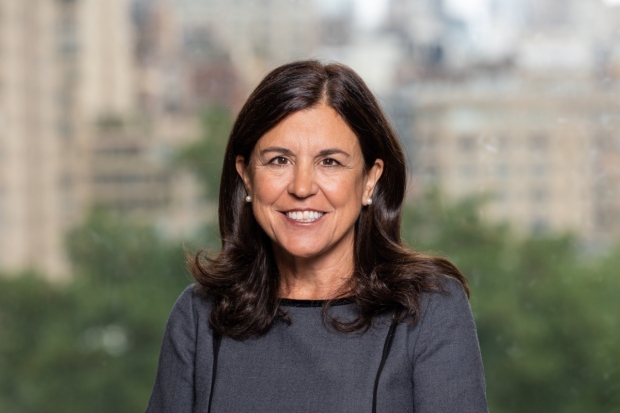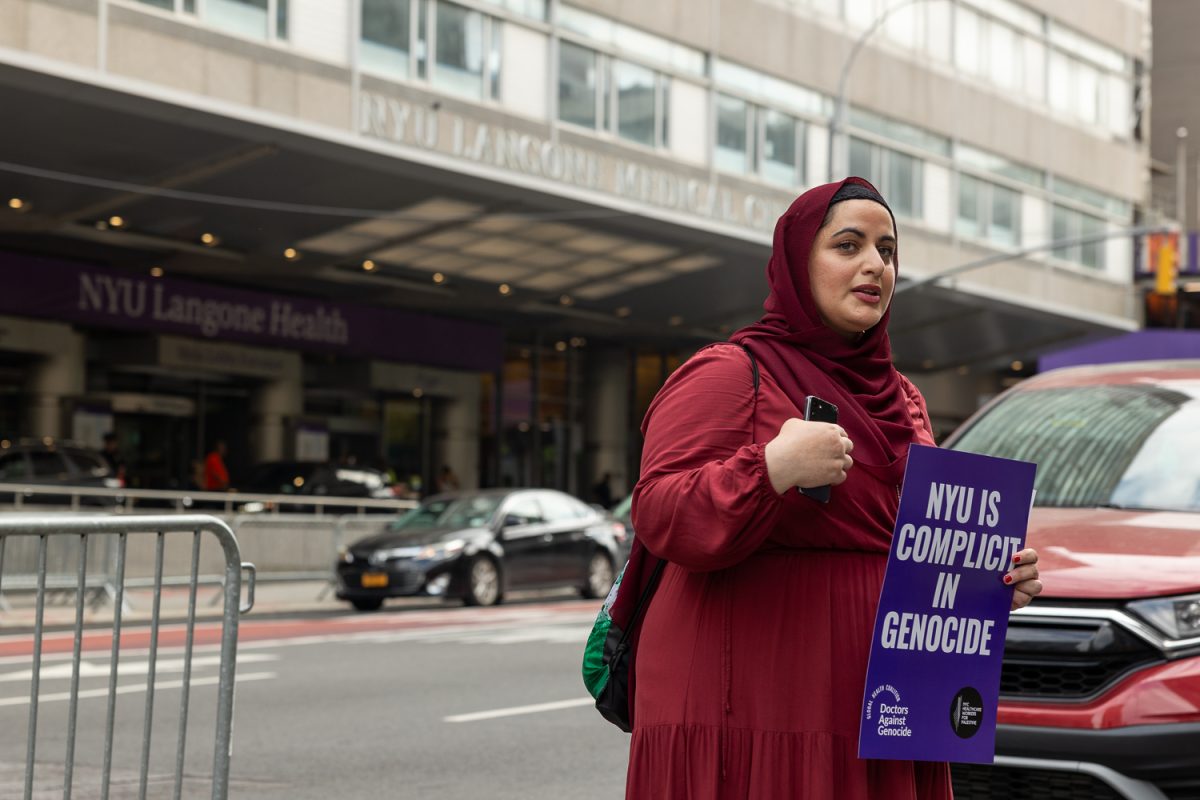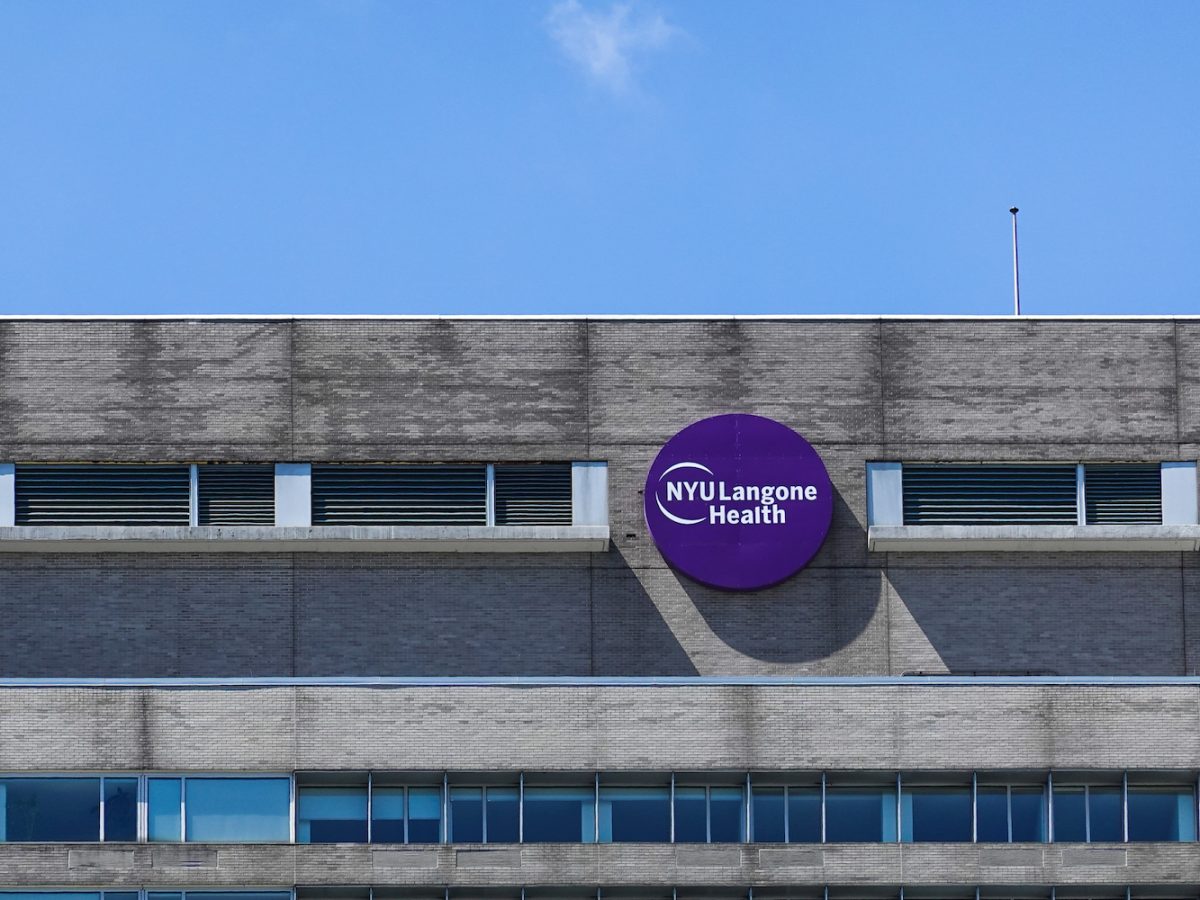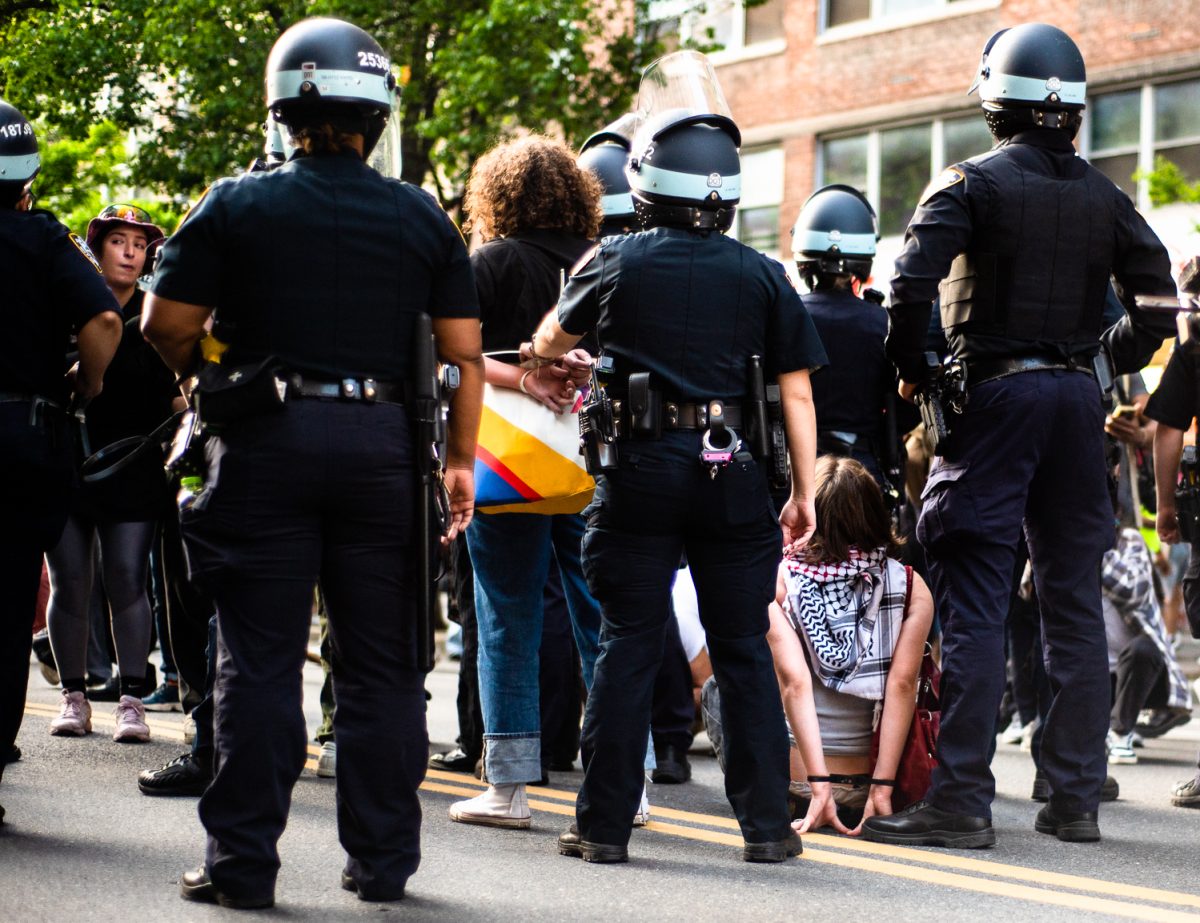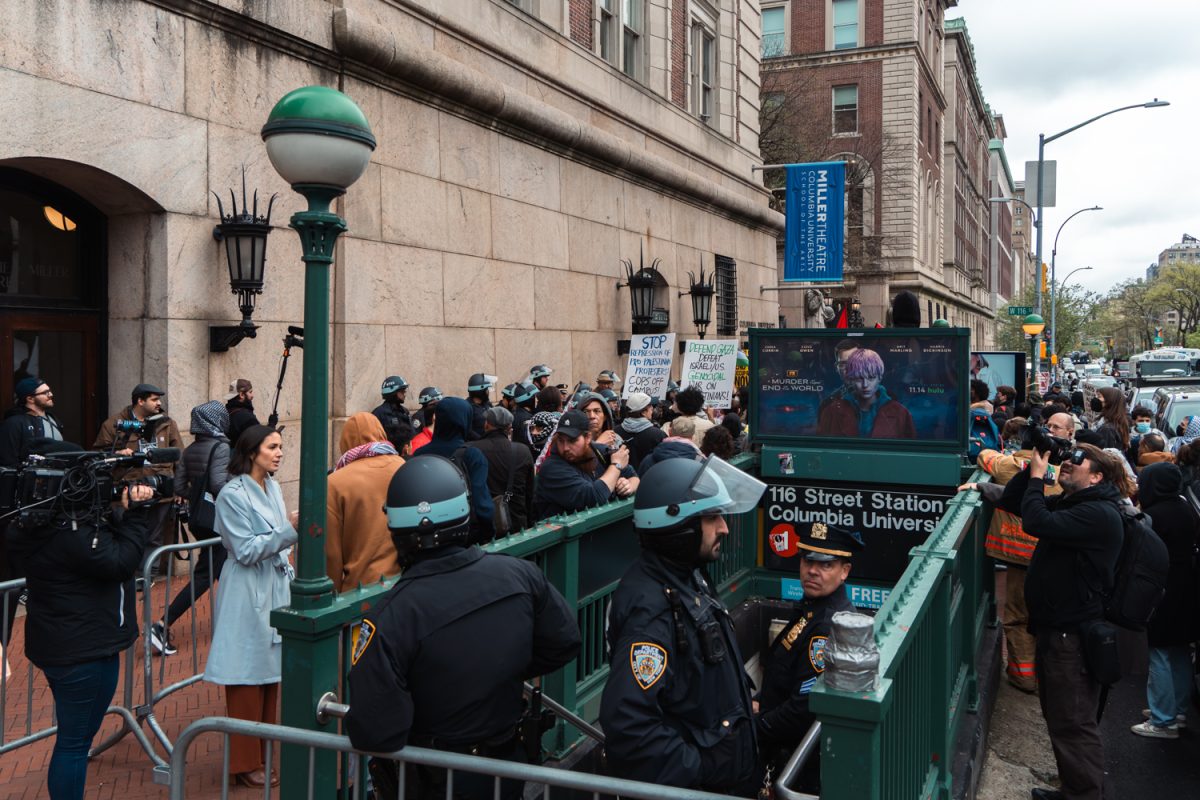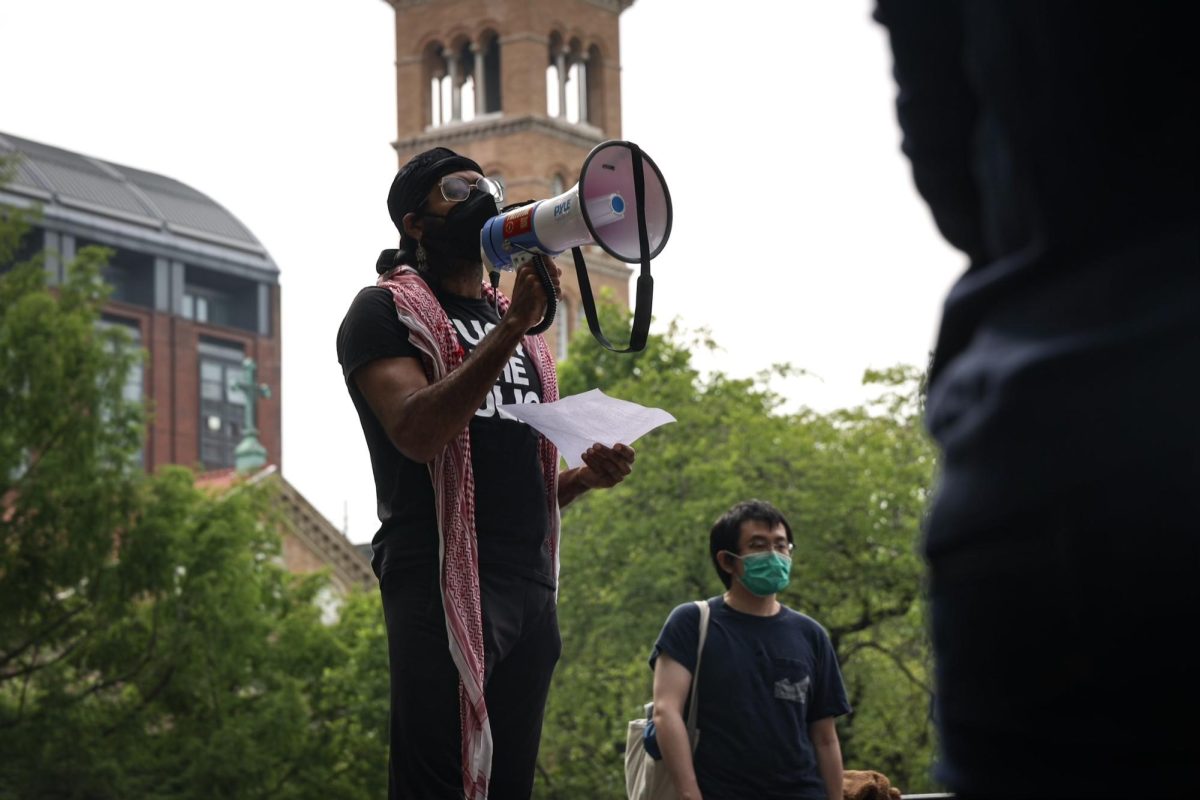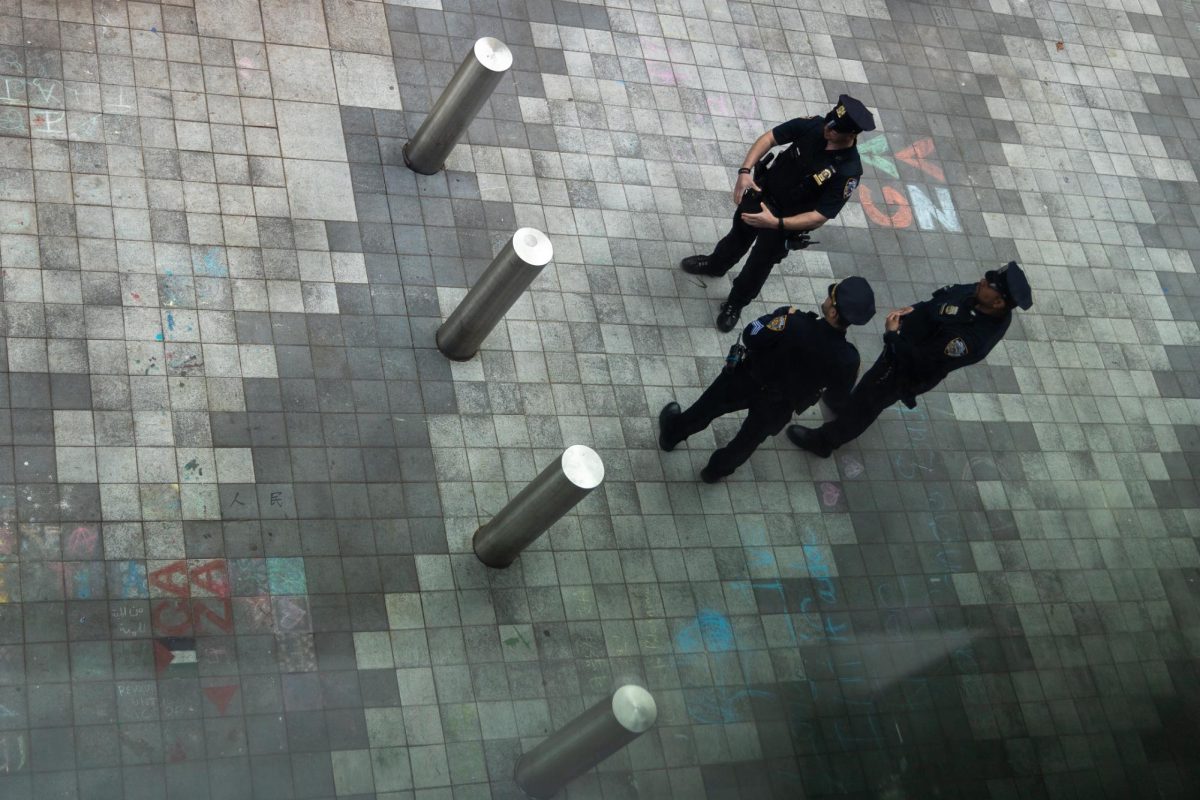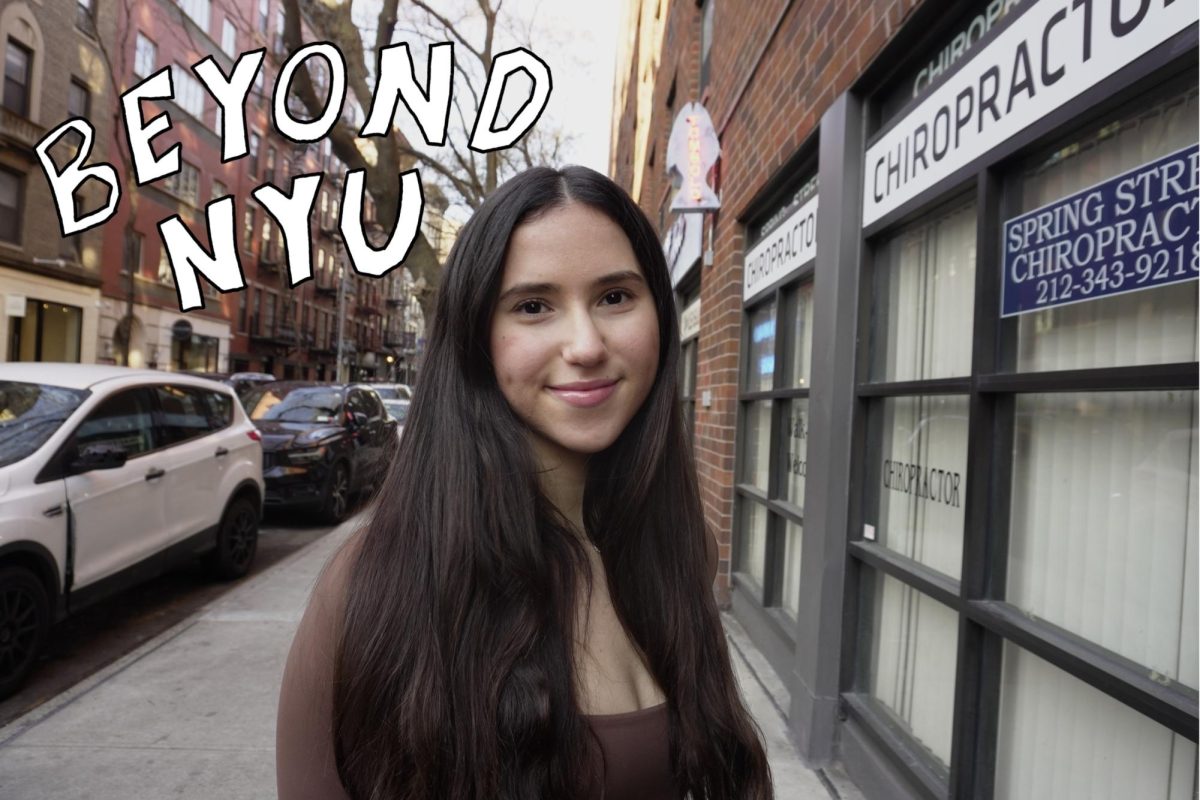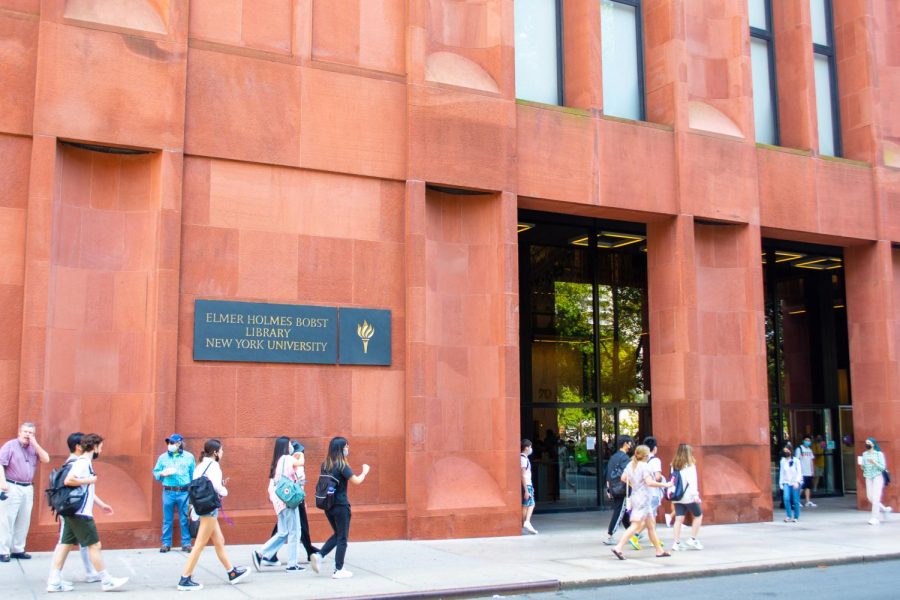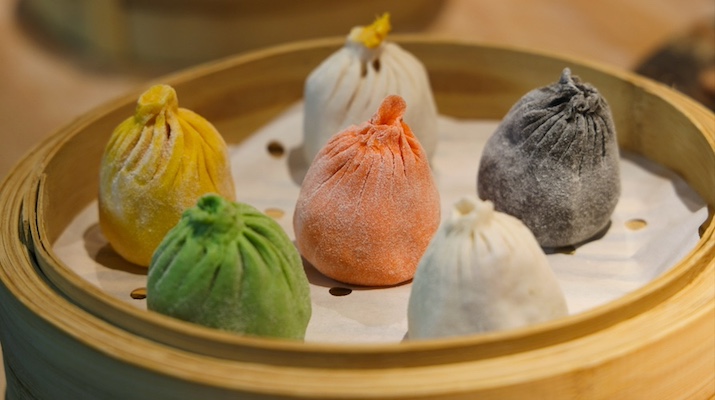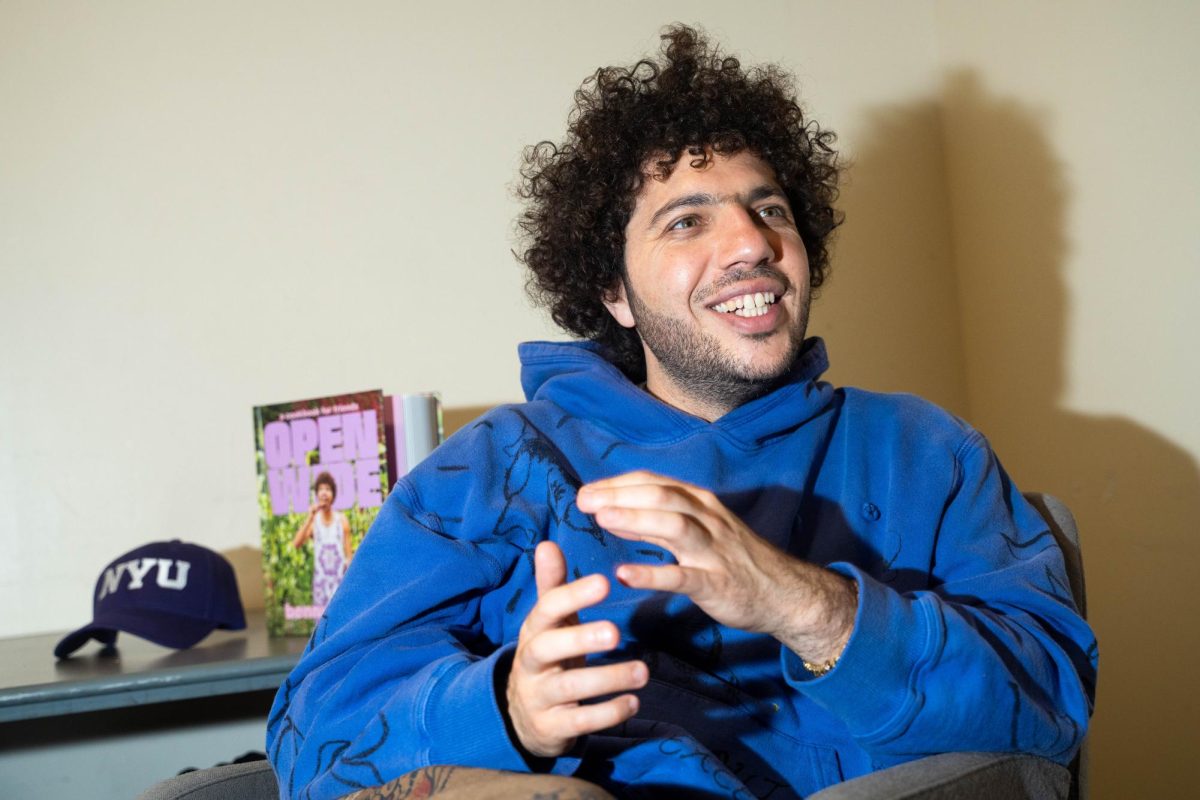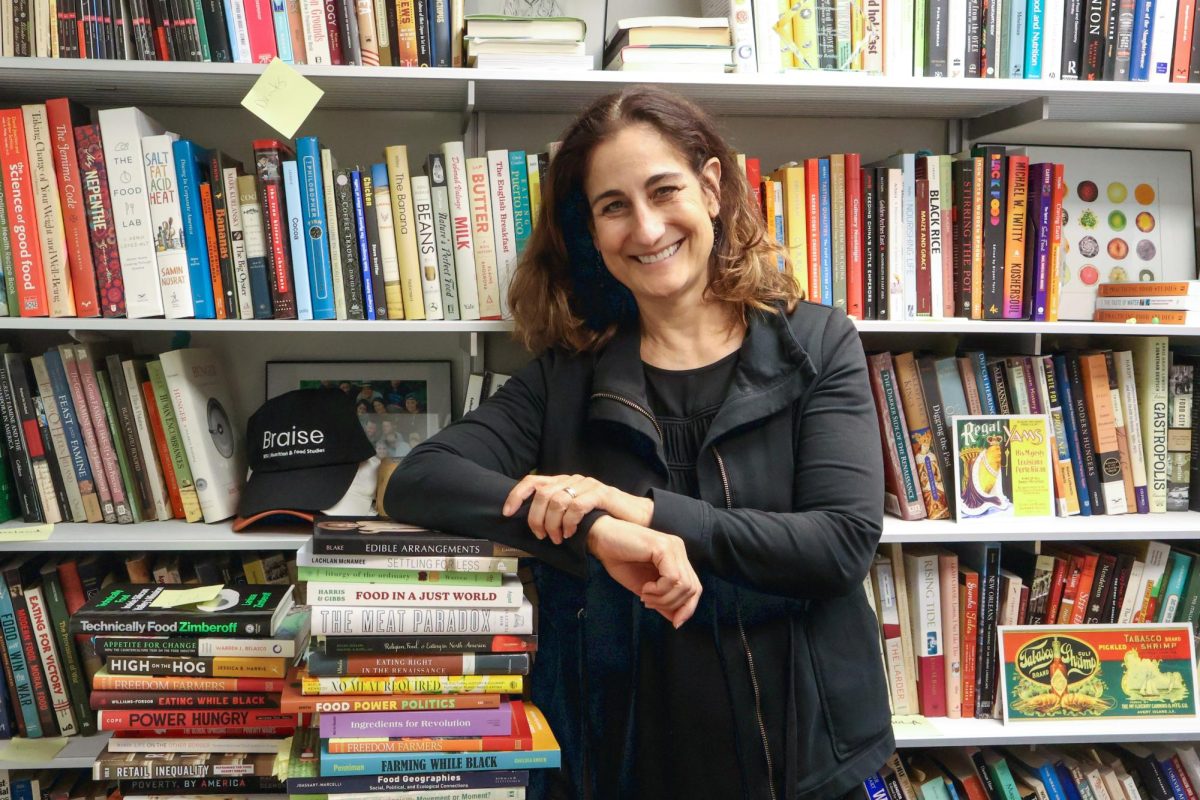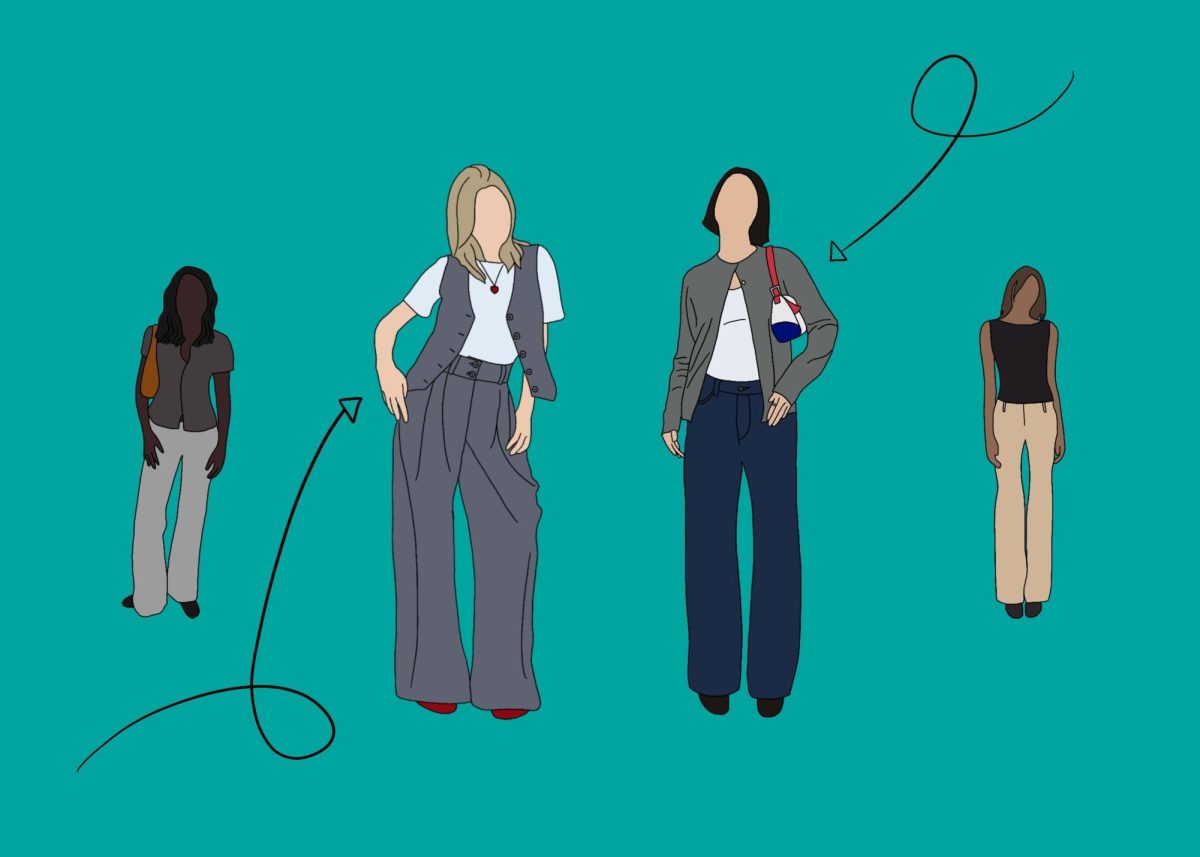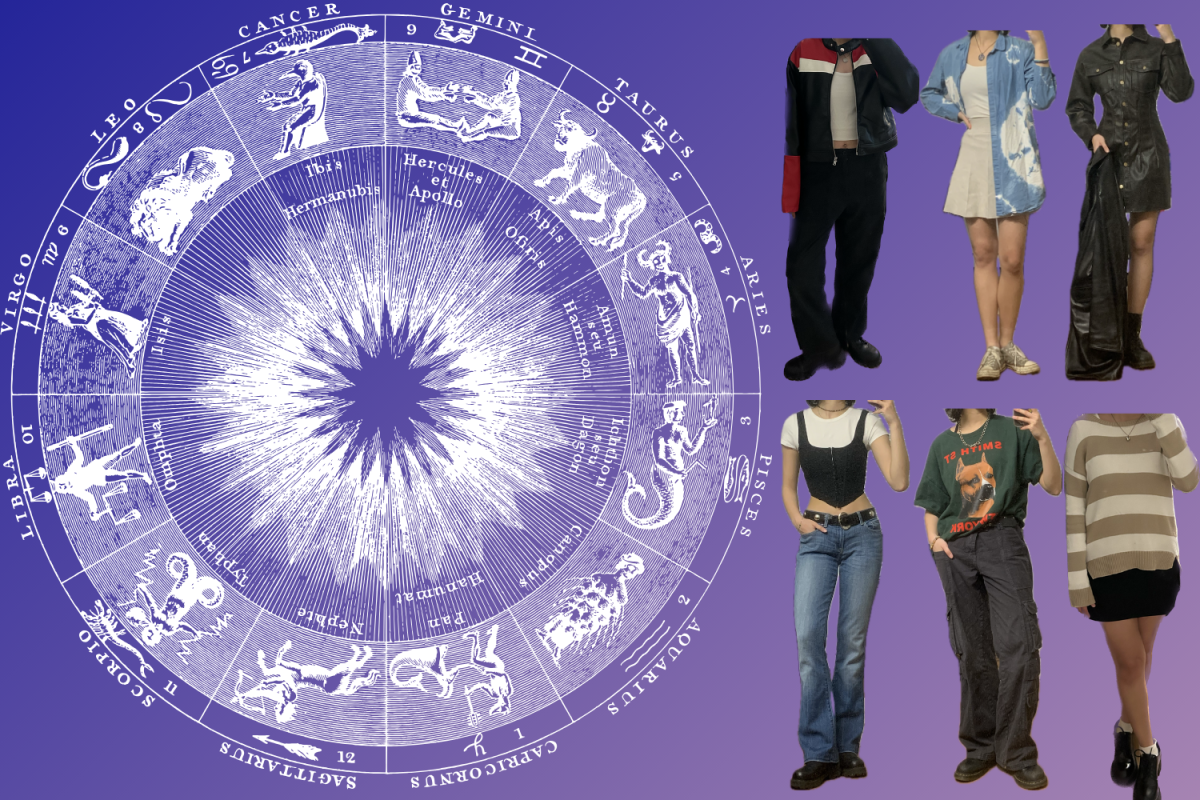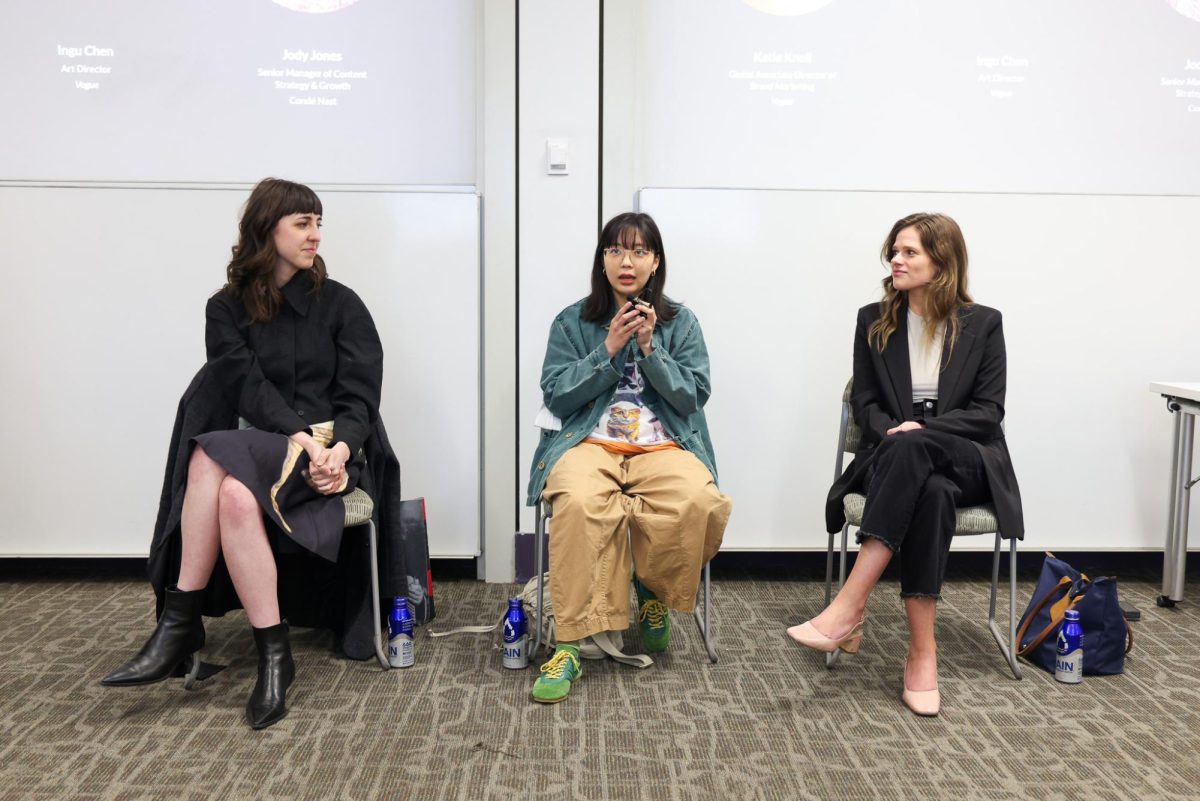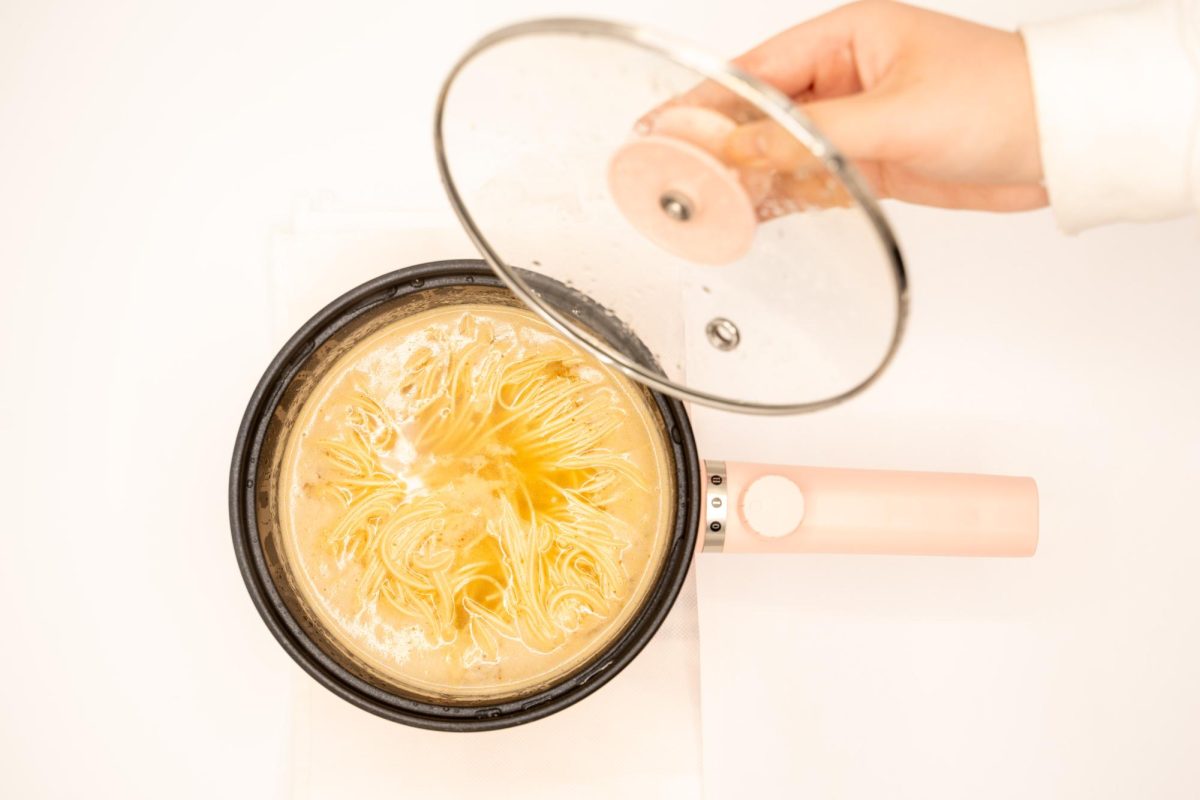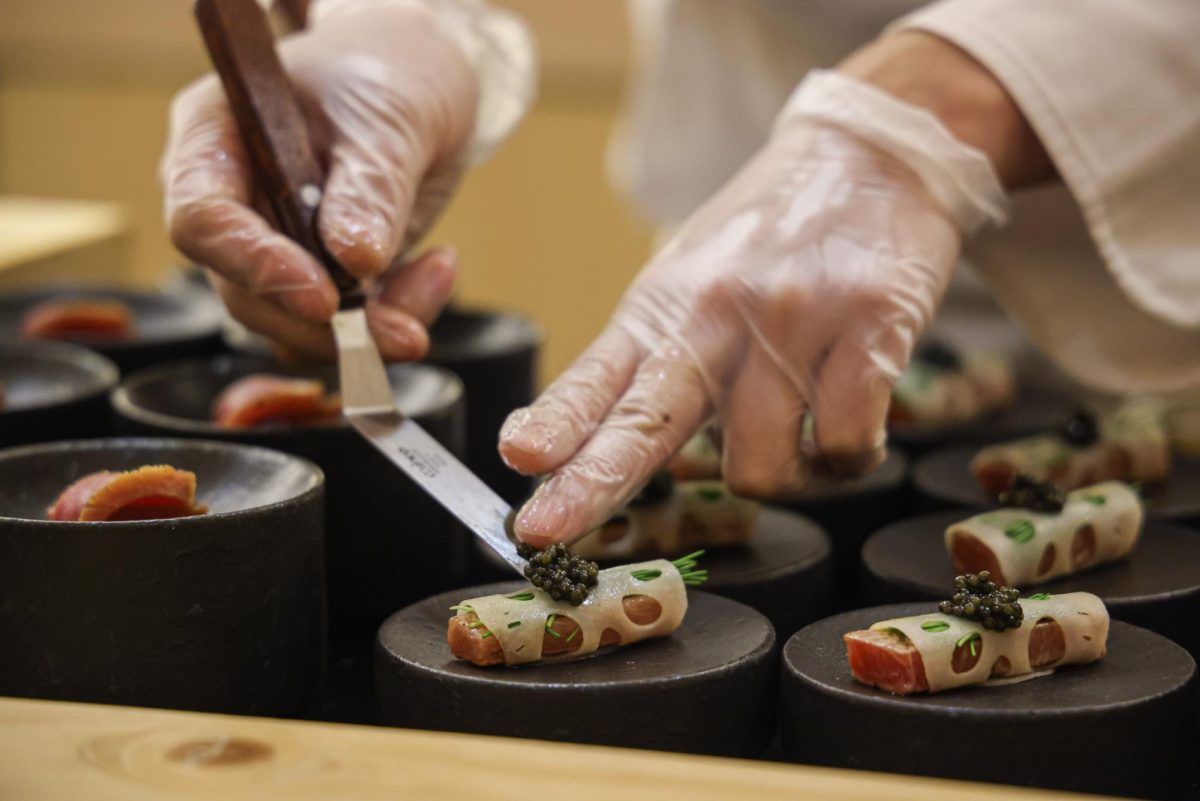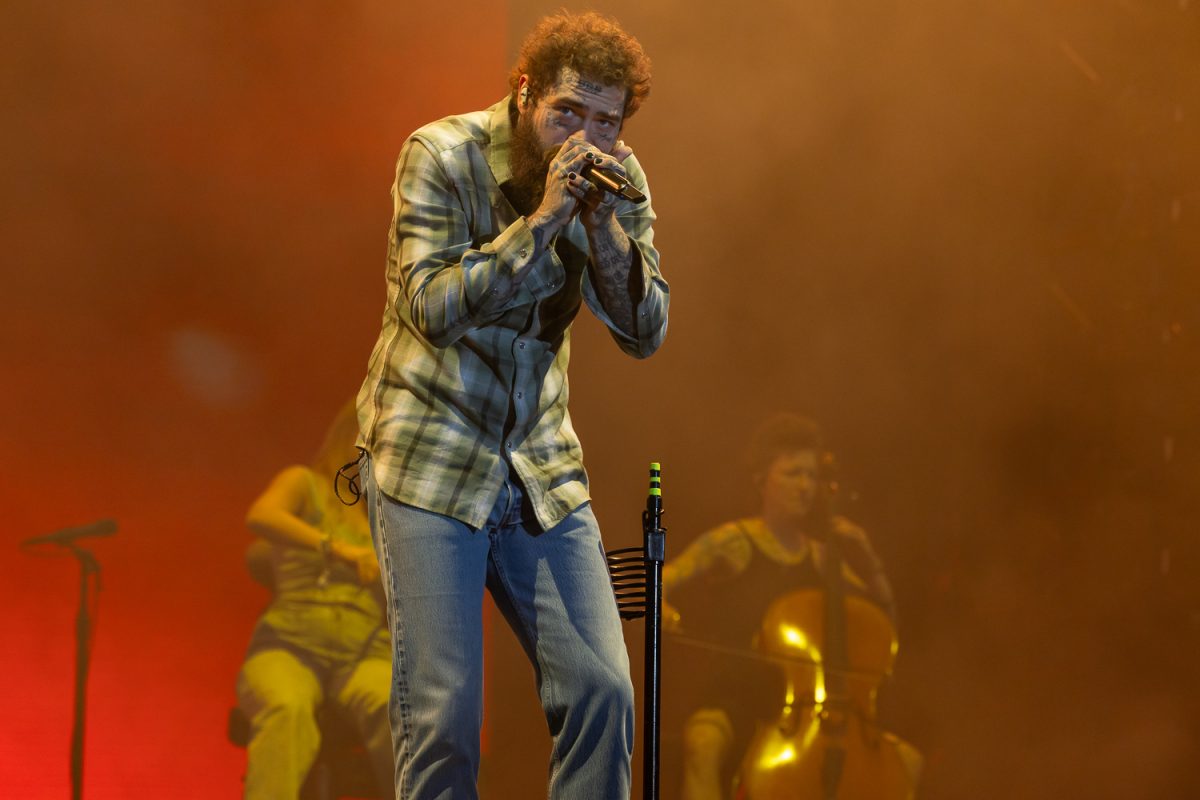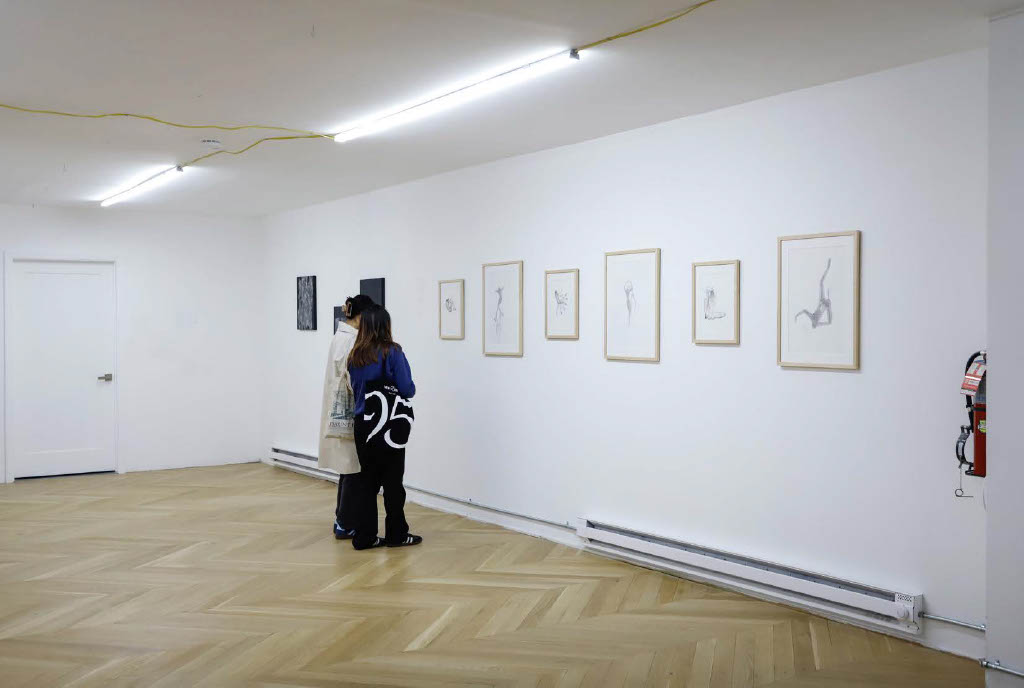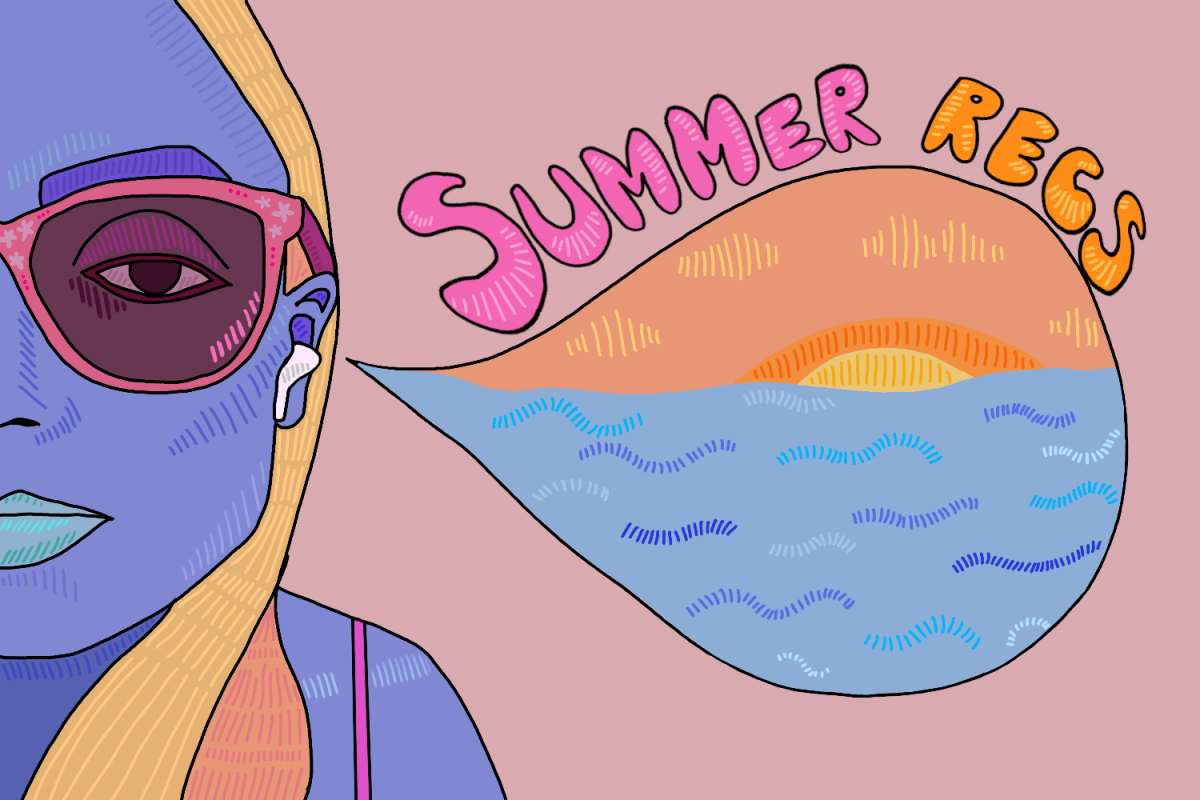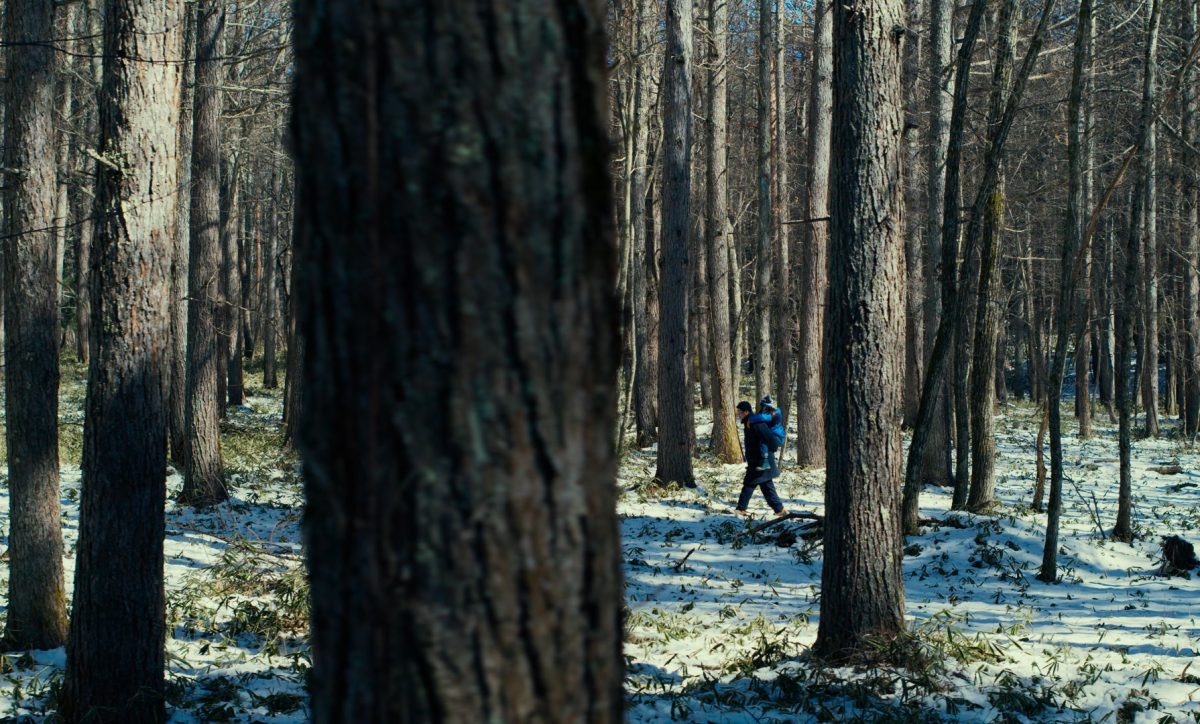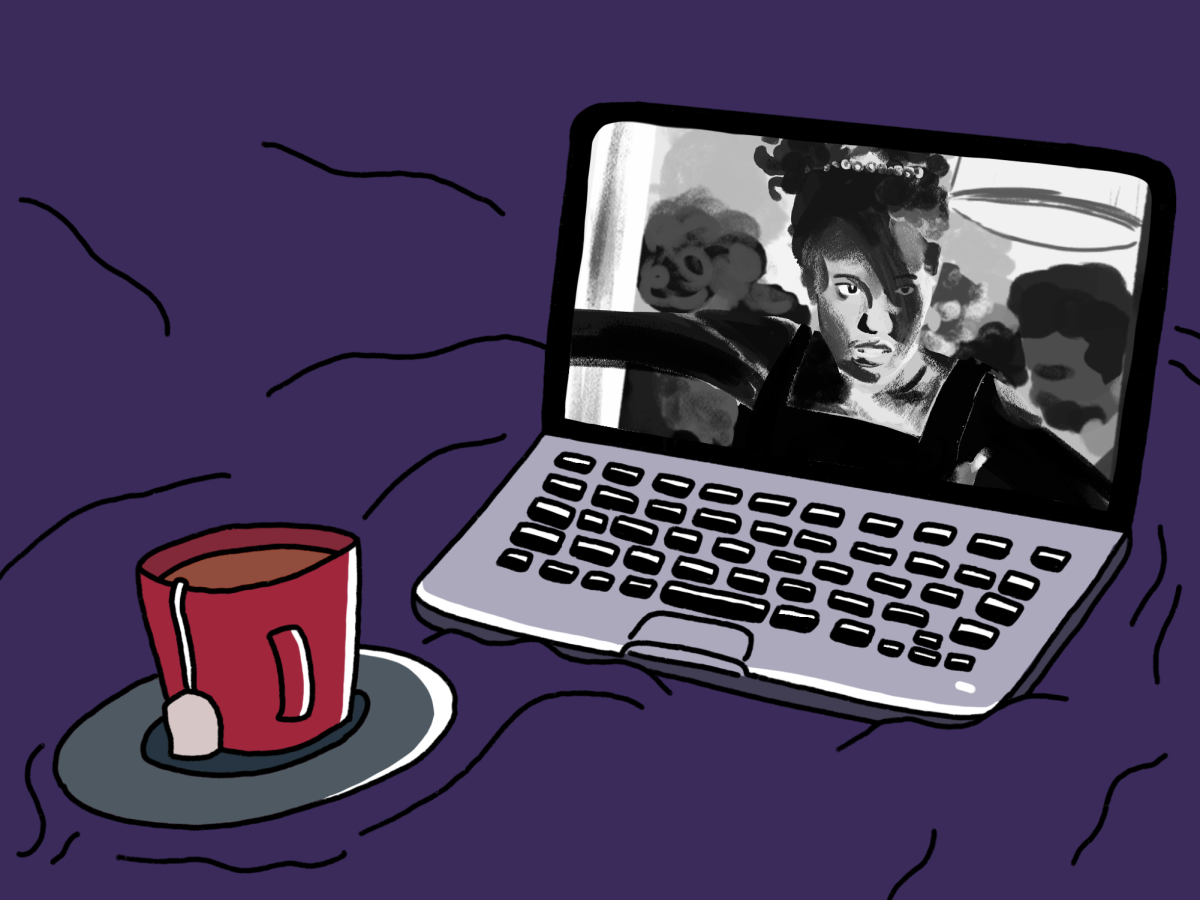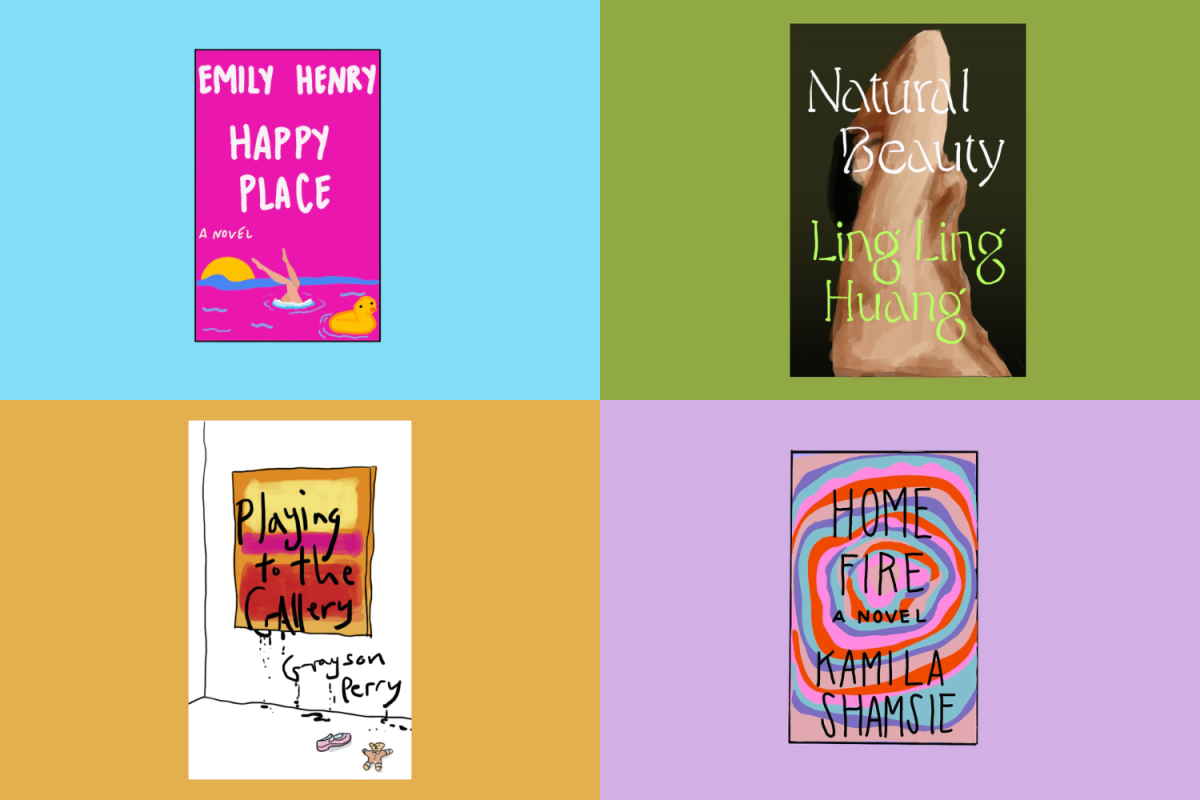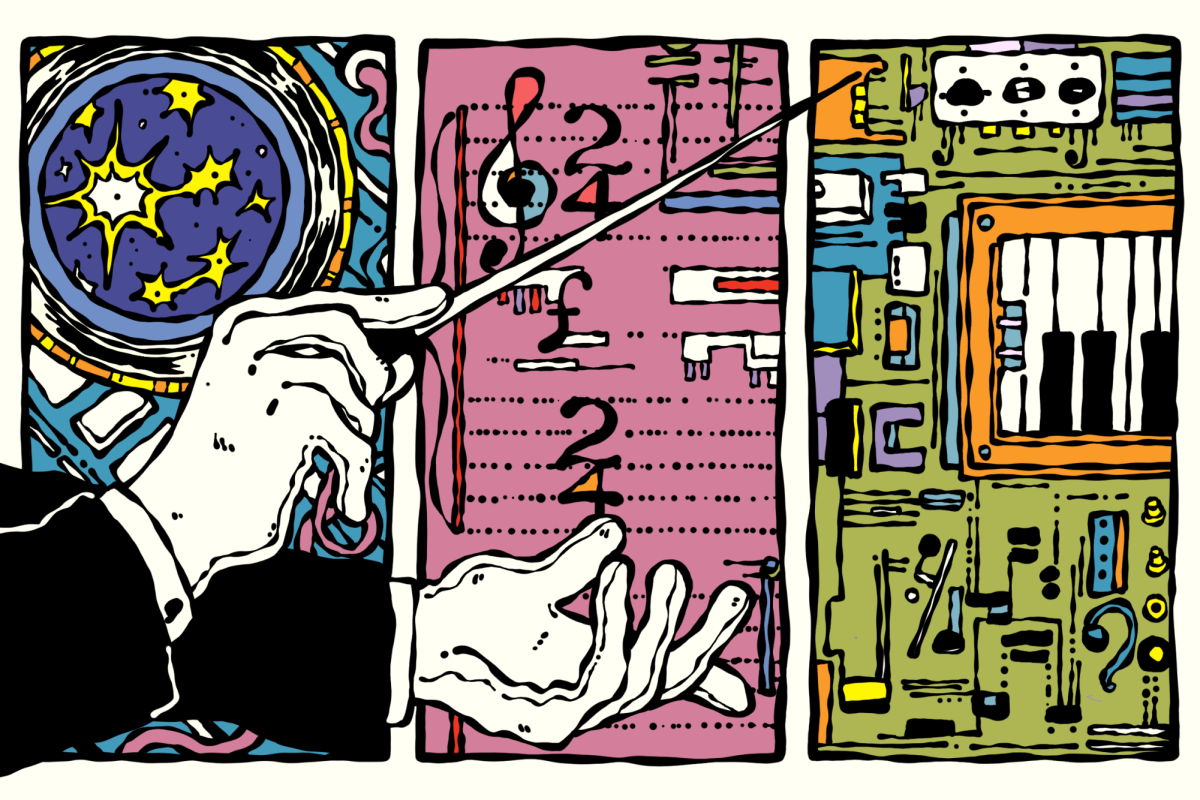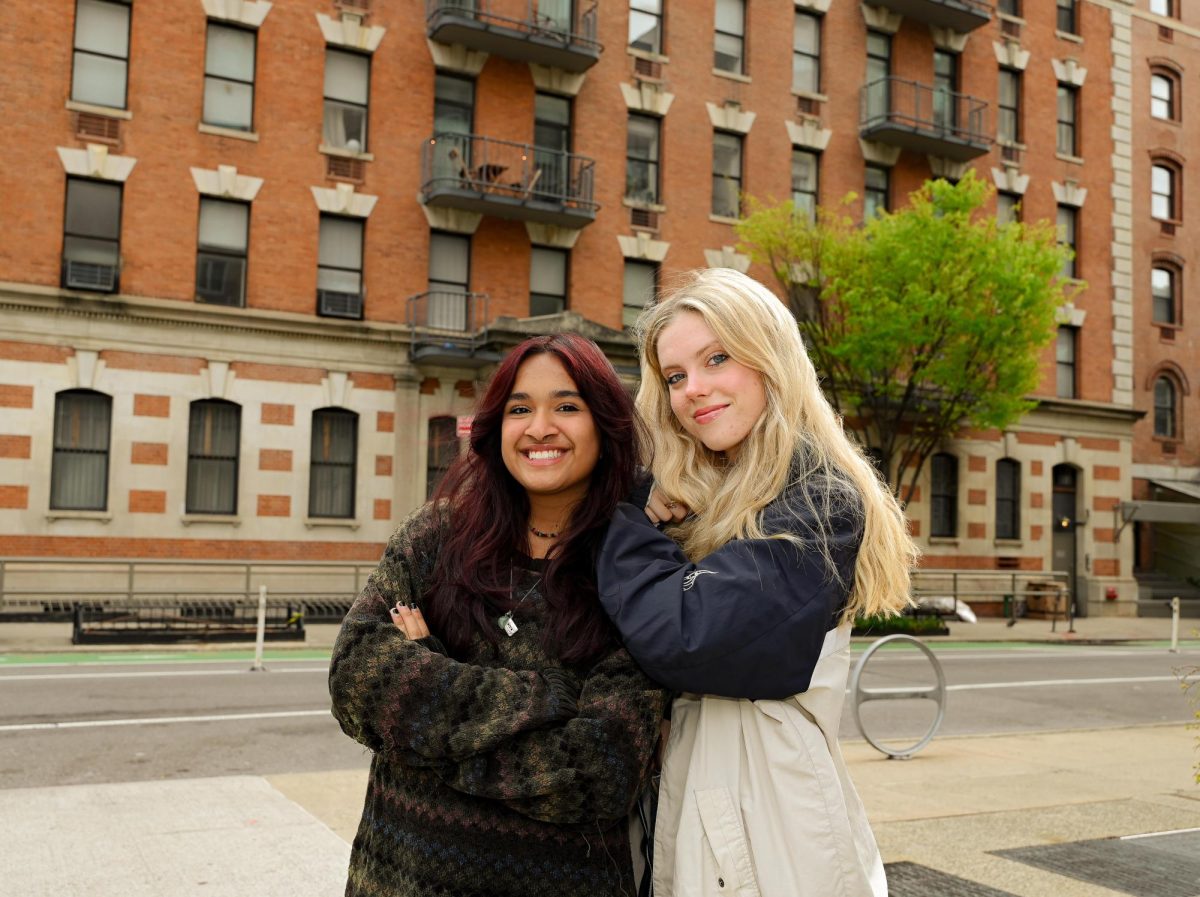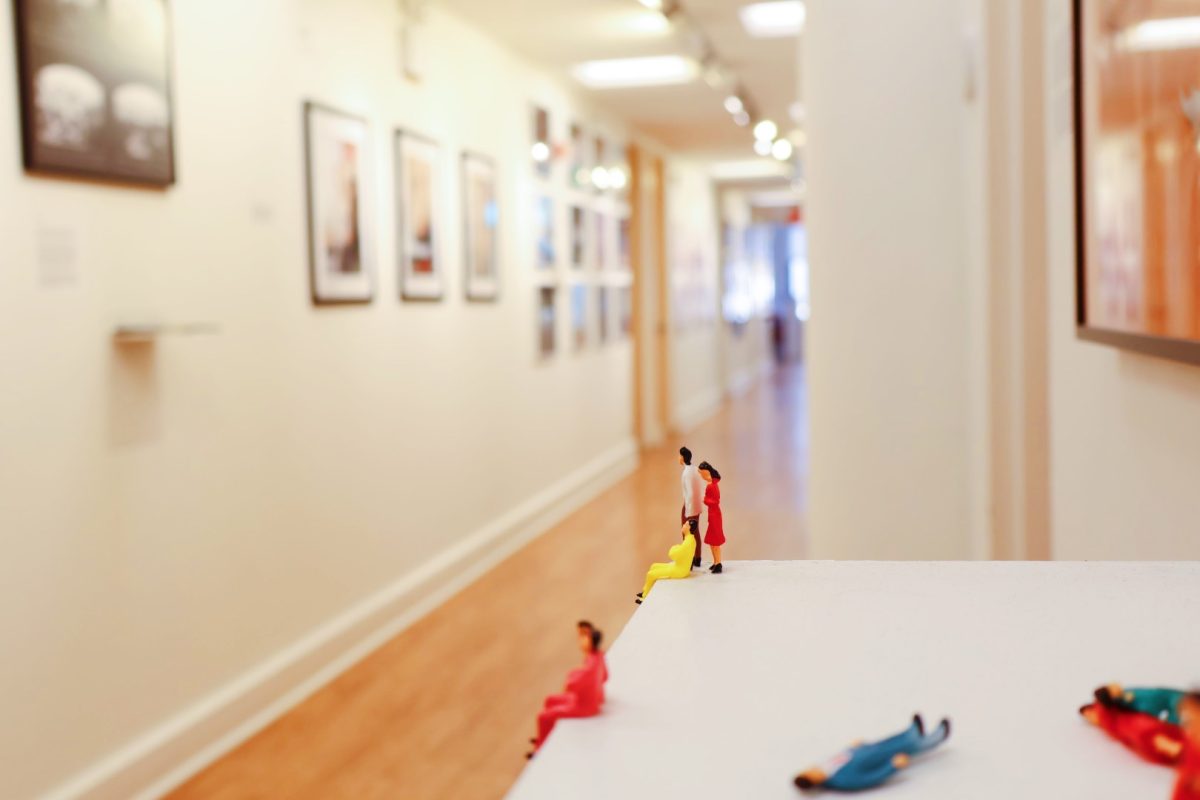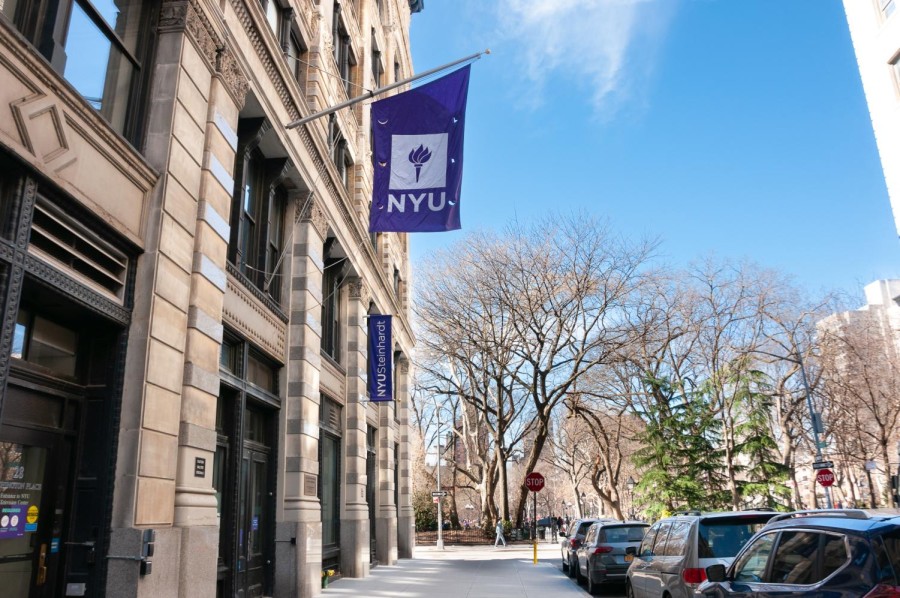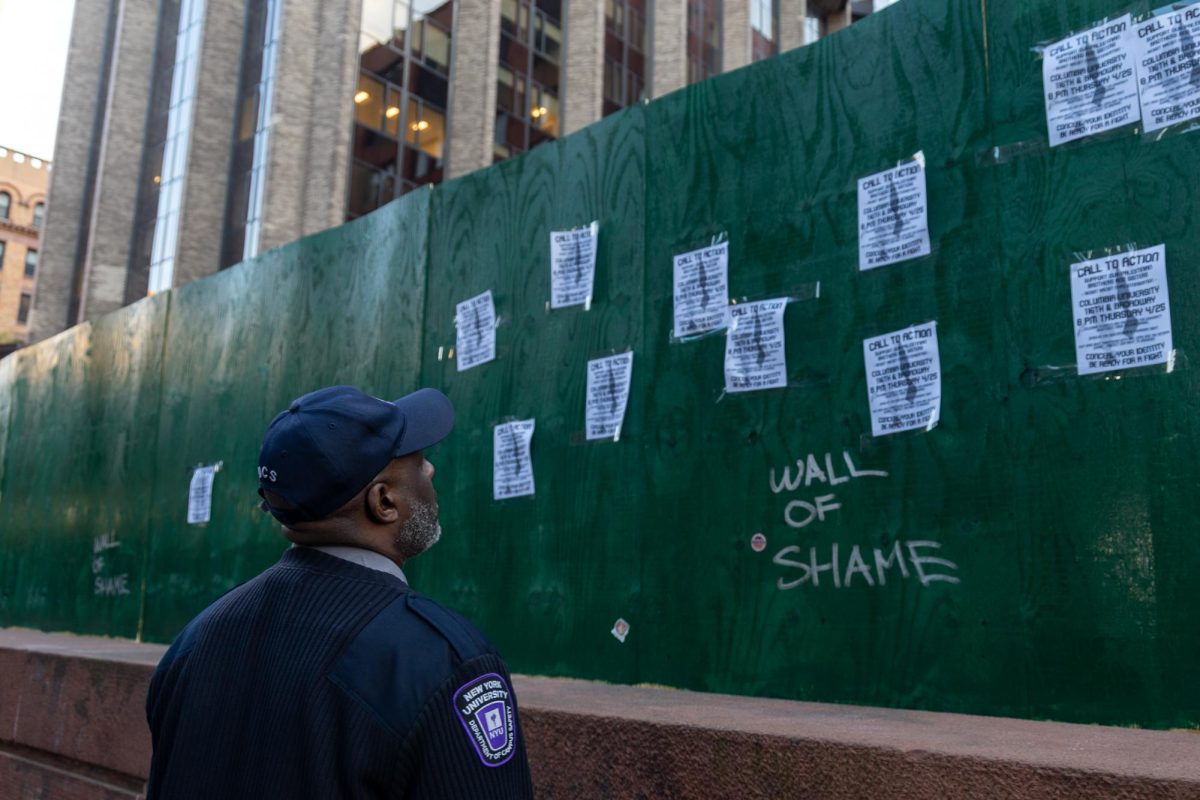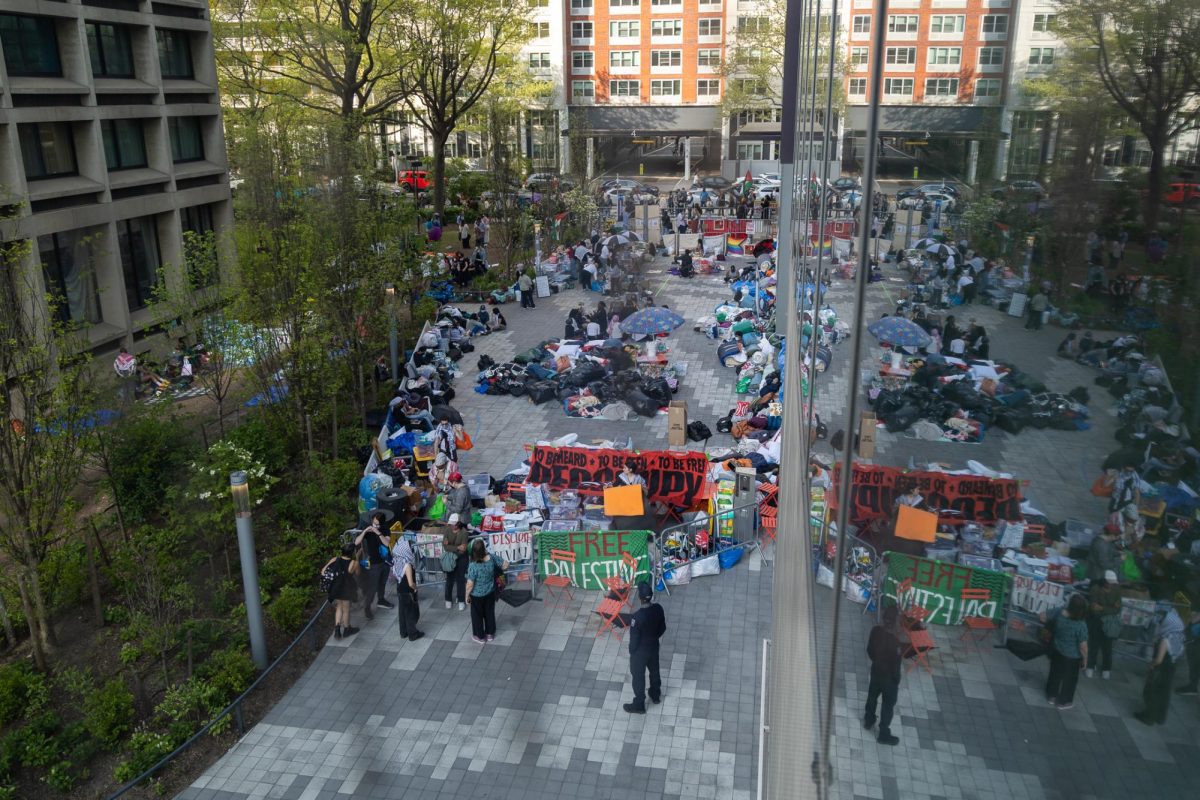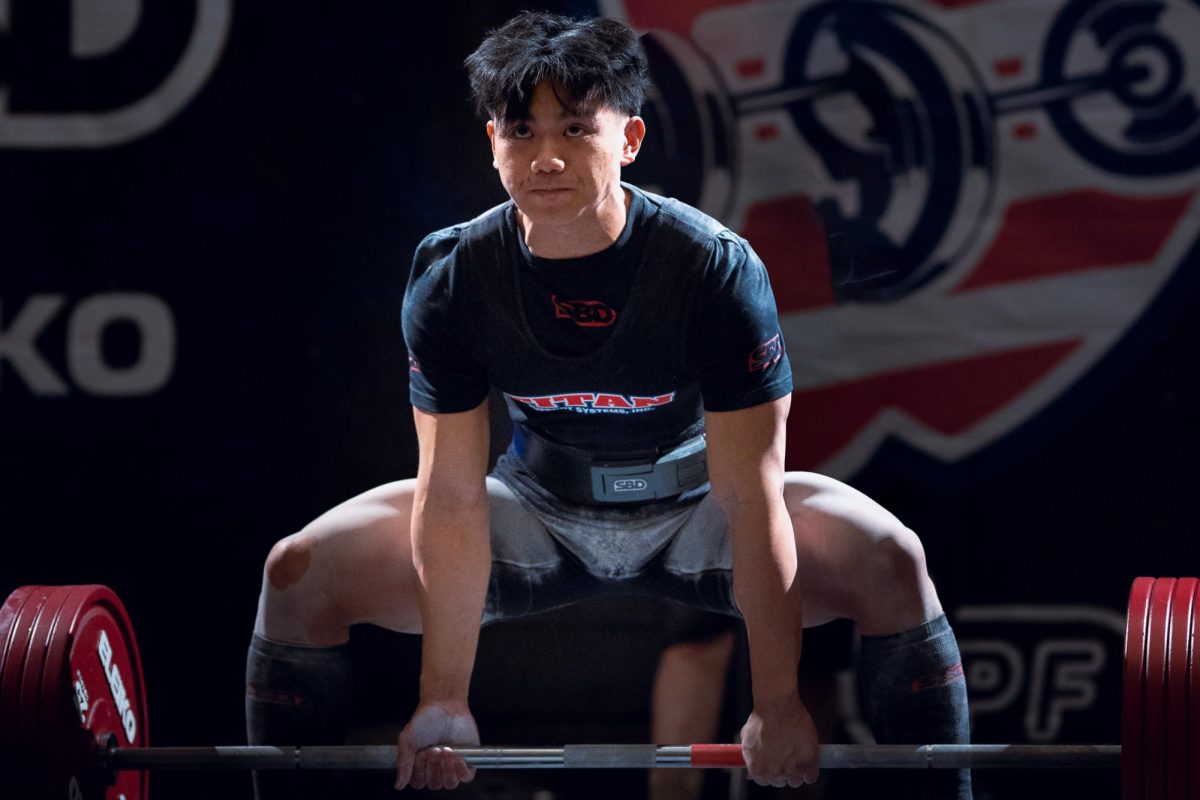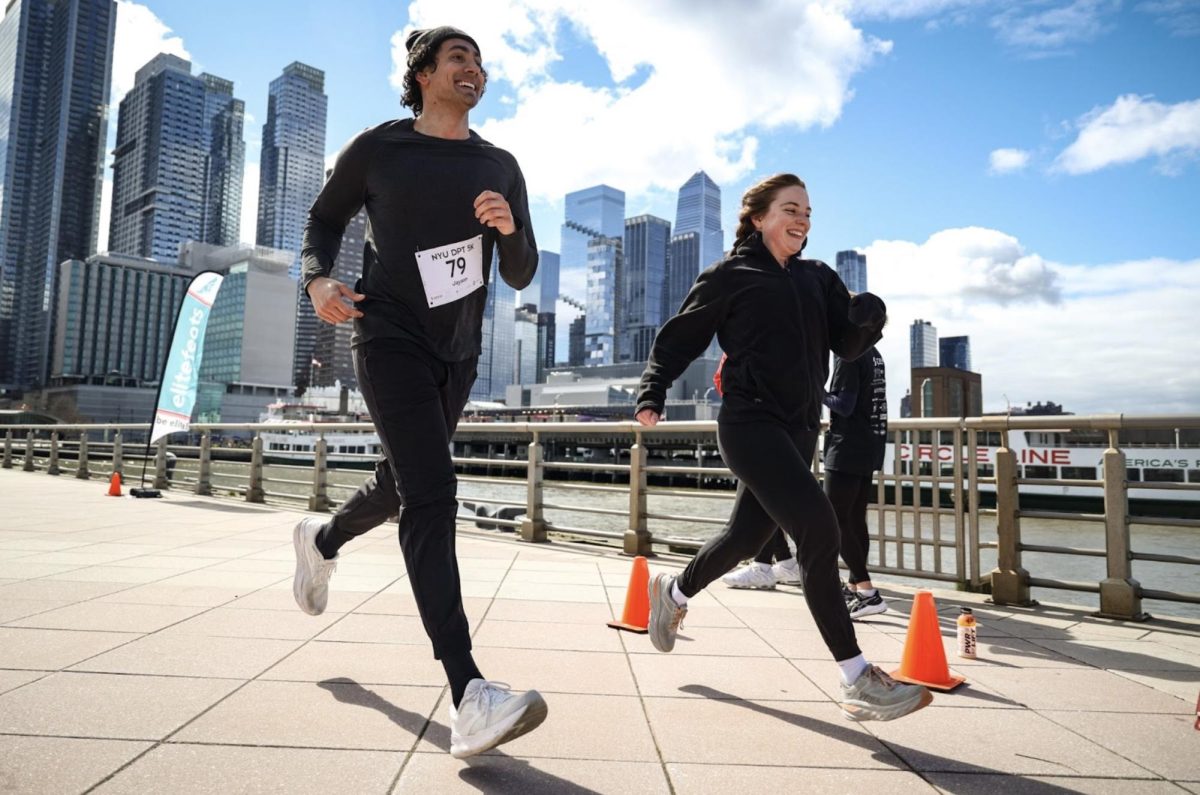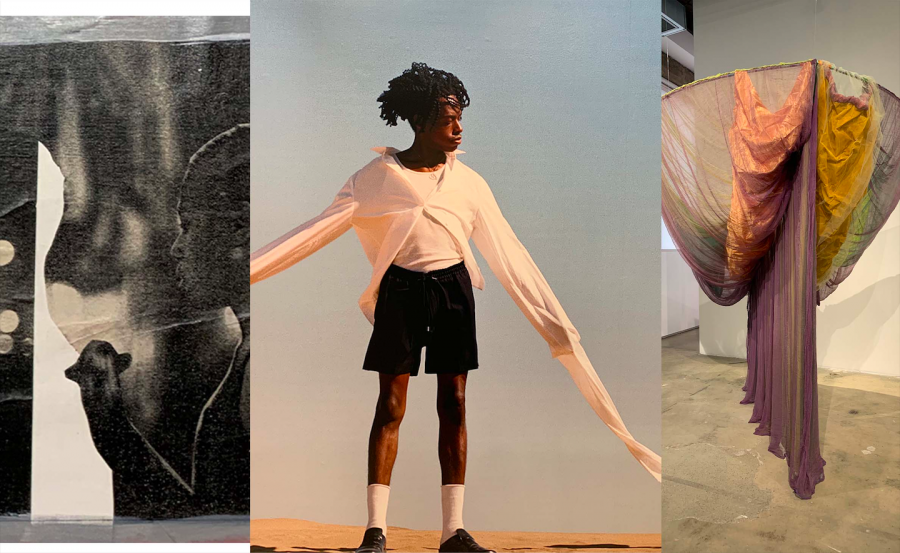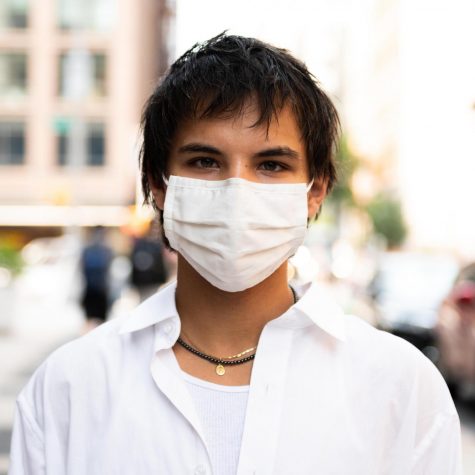Gallery guide
A brief list of current must-see art exhibitions in Manhattan, including SAMO©, Tyler Mitchell, Rosemary Mayer and this year’s Met Fashion Exhibition.
(Staff Photo by Julian Hammond Santander)
September 24, 2021
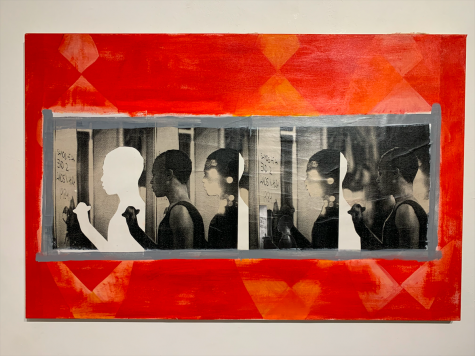
WE WERE SAMO© by Al Díaz
New mixed-media work by Al Díaz, the surviving half of late-1970s downtown graffiti duo SAMO© — which consisted of Jean-Michel Basquiat and him — is finally on view in “WE ARE SAMO©” at Van Der Plas Gallery.
Díaz created nearly all the work on view during the ongoing COVID-19 pandemic. He used SAMO’s iconography in an attempt to understand and rationalize our contemporary reality — or, as he calls it, “present-day life on this massively screwed up planet.” A continuation of his “WET PAINT” series, these new works incorporate rarely seen images of Basquiat as a child — a child who would go on to change the art world.
During their days of working together, the teenage Basquiat and Díaz wandered around with empty pockets looking for adventure, looking for life, looking for truth. With a strong stance against anything “material, mundane, or mediocre,” SAMO was born in an attempt to fight the growing Wall Street “boosh-wah.” After a falling out between the two, Basquiat killed SAMO in the early 1980s. Following Basquiat’s death in 1988, Díaz refused to make any work related to SAMO. However, he resurrected SAMO in 2016 after the election of Donald Trump, convinced that the work and themes had taken on a new meaning and relevance.
Since the street artworks by Díaz and Basquiat only existed temporarily, images taken by Díaz and his friend Natalya Maystrenko are interpolated into new works, calling to mind the longevity of this fight for peace, freedom and acceptance.
Van Der Plas Gallery, 156 Orchard St.
Sept. 17, 2021 — Oct. 16, 2021
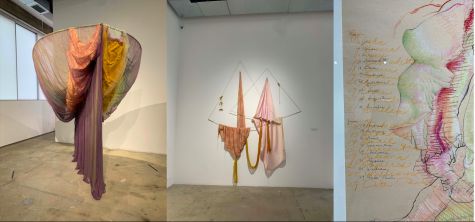
Rosemary Mayer: Ways of Attaching
Containing everything from the conceptual and rule-based experiments of her early work to her large-scale fabric sculptures, “Rosemary Mayer: Ways of Attaching,” the first retrospective of American artist Rosemary Mayer, reminds us of the power that comes with exploration and fluidity. Born in Brooklyn, Mayer grew up in post-World War II New York City, a city defining a new global standard of artistic possibility. Mayer recalled her Catholic school education as presenting a version of history that obfuscated truth, inspiring her to search for answers to the undefinable in her early works. A childhood infatuation with the stars also influenced her work, as she blended science, religion, metaphysics and her life’s mundanities into works that sought to bring order to abstraction. Creating constellations of her family, friends and inspirations, Mayer crafted a world that bridges fantasy and reality through works heavily influenced by the conceptual art that was being produced and championed around her.
In the early 1970s, she started creating sculptures by knotting, looping and draping fabric. Working in fabric was groundbreaking at a time when sculptural work focused on industrial minimalism, pioneered by male artists in the mid-1960s to present a guise of permanence in the White Box of the gallery. Mayer presented a counter to this idea, using fabric to present constancy in temporality. Around the same time, she joined a consciousness-raising group and began incorporating feminist gestures into her work, eventually co-founding a women’s gallery, A.I.R. Gallery, in 1972. “Galla Placidia (1973)”— named for the fifth century Roman Empress — is on display at the Swiss Institute for the first time in the United States since its premiere at A.I.R. Gallery. While inside the exhibition, it’s difficult to imagine that these works have been out of public view for nearly 50 years, but it’s even more galvanizing knowing it’s unclear when this work will be on view again.
Swiss Institute, 38 St. Marks Pl.
Sept. 9, 2021 — Jan. 9, 2022
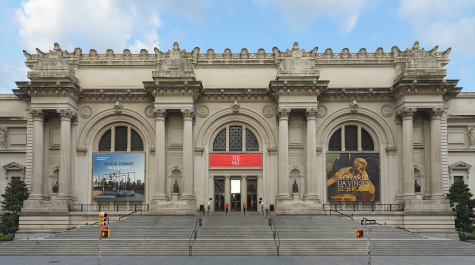
In America: A Lexicon of Fashion
“America is not like a blanket — one piece of unbroken cloth, the same color, the same texture, the same size. America is more like a quilt — many patches, many pieces, many colors, many sizes, all woven and held together by a common thread.” For the belated 2021 Met Gala, Head Curator of the Costume Institute Andrew Bolton focused on the rich tapestry that is America and that it is to be American. He took the above quote — from a speech made by Jesse Jackson at the 1984 Democratic National Convention — as the central inspiration for the exhibition.
The first half of the two-part exhibition focuses on young American designers’ work from this decade; the contemporary looks are presented alongside traditional American garments to give the viewer a richer understanding of their context and origin. The quilt inspired not only the curation of the exhibition, but also the design of the space as well. Each cube takes on the role of an individual panel in the continually constructed quilt of America. The show is broken up into 12 emotional sections: Nostalgia, Belonging, Delight, Joy, Wonder, Affinity, Confidence, Strength, Desire, Assurance, Comfort and Consciousness. While his partner, American designer Thom Browne, presented a version of what fashion in contemporary America can look like, Bolton avoided curating an entirely Anglo-European lens on American fashion. Bolton attempts to shift the global view on American fashion away from simplicity and practicality and attempts to view it with the same emotional nuance that haute couture and other European fashion receive.
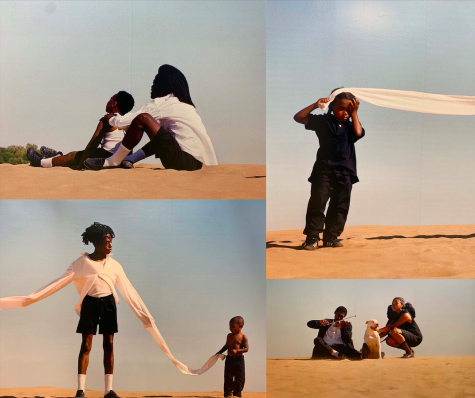
Tyler Mitchell: Dreaming in Real TIme
If you haven’t heard of Tyler Mitchell, remember his name. At age 23, a year after graduating from NYU’s Tisch School of the Arts, Mitchell became the first Black photographer to shoot the cover of Vogue Magazine. Three years later, the young photographer has continued to generate traction through his powerful images of Black people. He captures the beauty and regalness of Black skin in ways that can only be compared to Gordon Parks. Around this time last year, a group of friends and I, who are all Black photographers, went to Jack Shainman Gallery to see a collection of images by Gordon Parks. We returned to that same gallery on Sept. 9, 202, for the opening night of Tyler Mitchell’s newest exhibition, “Dreaming in Real Time.” We walked away with that same feeling of being seen and inspired.
The title, “Dreaming in Real Time,” is fitting because like a dream, the only way to encapsulate the experience is to experience it. Words will only capture a fraction of moments frozen by Tyler Mitchell’s lens. Fortunately, you still have the ability to see his brand new exhibition, as well as an expansion of an older project, “I Can Make You Feel Good,” until Oct. 30. — Jason Turner, Contributing Writer
Dreaming in Real TIme, 513 W. 20th St.
I Can Make You Feel Good, 524 W 24th St.
Jack Shainman Gallery
Sept. 9, 2021 — Oct. 30, 2021
Contact Julian Hammond Santander at [email protected].


